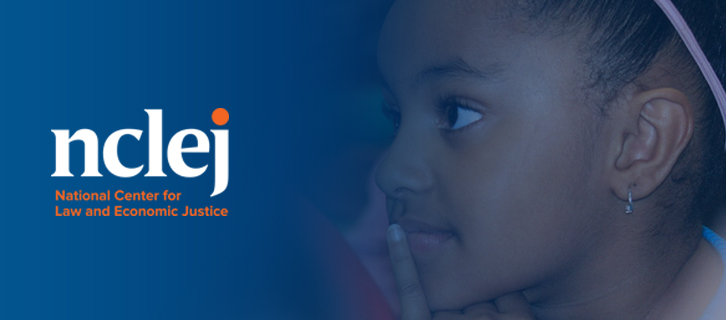The Closed Digital Door: State Public Benefits Agencies’ Failure to Make Websites Accessible to People with Disabilities and Usable for Everyone
State public benefits agencies increasingly rely on their website as a means of providing information to the public, and as a means of applying for Medicaid, Food Stamps, and cash assistance. Cary LaCheen’s new report, discussing the findings from web accessibility research of state and some local public benefits agency web sites in California, Florida, Michigan, New York, and Texas, describes a host of problems that make it difficult or impossible for people with disabilities to apply for benefits online, request an application, search the website, or contact the agency by email, and for anyone to find basic information on how to apply for benefits.
The research was conducted for NCLEJ by students in the Legal Skills in a Social Context program at Northeastern University School of Law. The accessibility problems found violate the Americans with Disabilities Act, Section 504 of the Rehabilitation Act, and state web accessibility laws and policies. NCLEJ, which believes the problems identified by the research are likely to exist in other states, has called upon the U.S. Department of Health and Human Services and the Food and Nutrition Service at USDA to require the states included in the study to fix the problems identified, to issue guidance to states on web accessibility, to convene an interagency workgroup to develop materials to assist states, and to provide technical assistance to state agencies on the issue.
As the federal government and states prepare to implement health care reform, and millions of additional people become eligible for Medicaid, it is critical that state public benefits agency websites are accessible to people with disabilities and usable by everyone, so eligible individuals have ready access to information on the Medicaid program and the application process.
Click here for the report: The Closed Digital Door: State Public Benefits Agencies’ Failure to Make Websites Accessible to People with Disabilities and Usable for Everyone.







